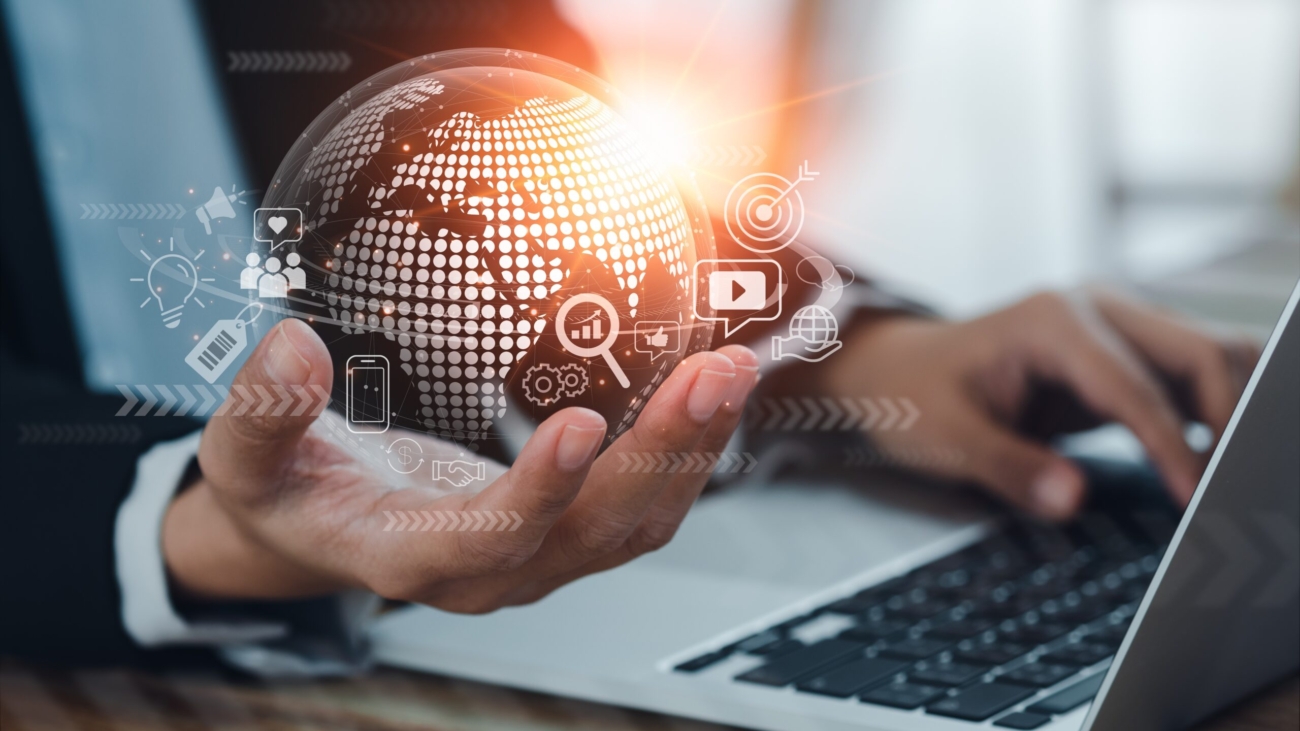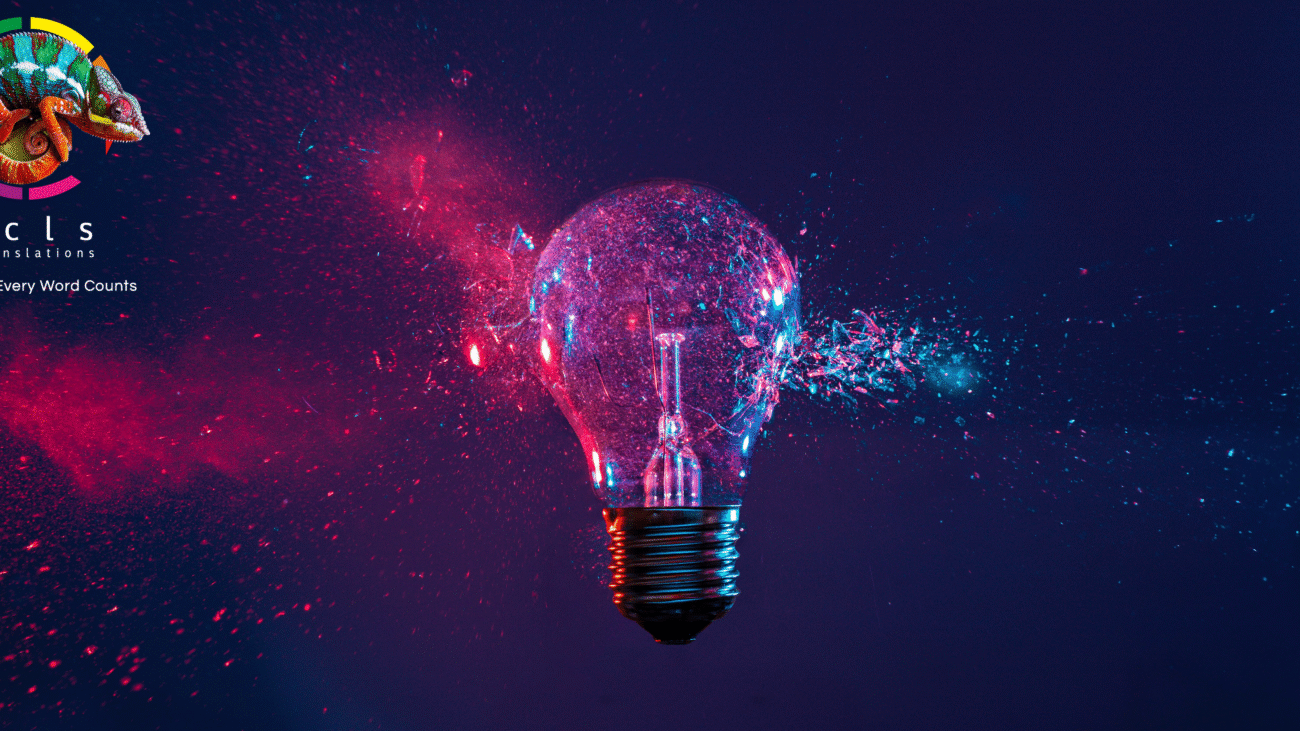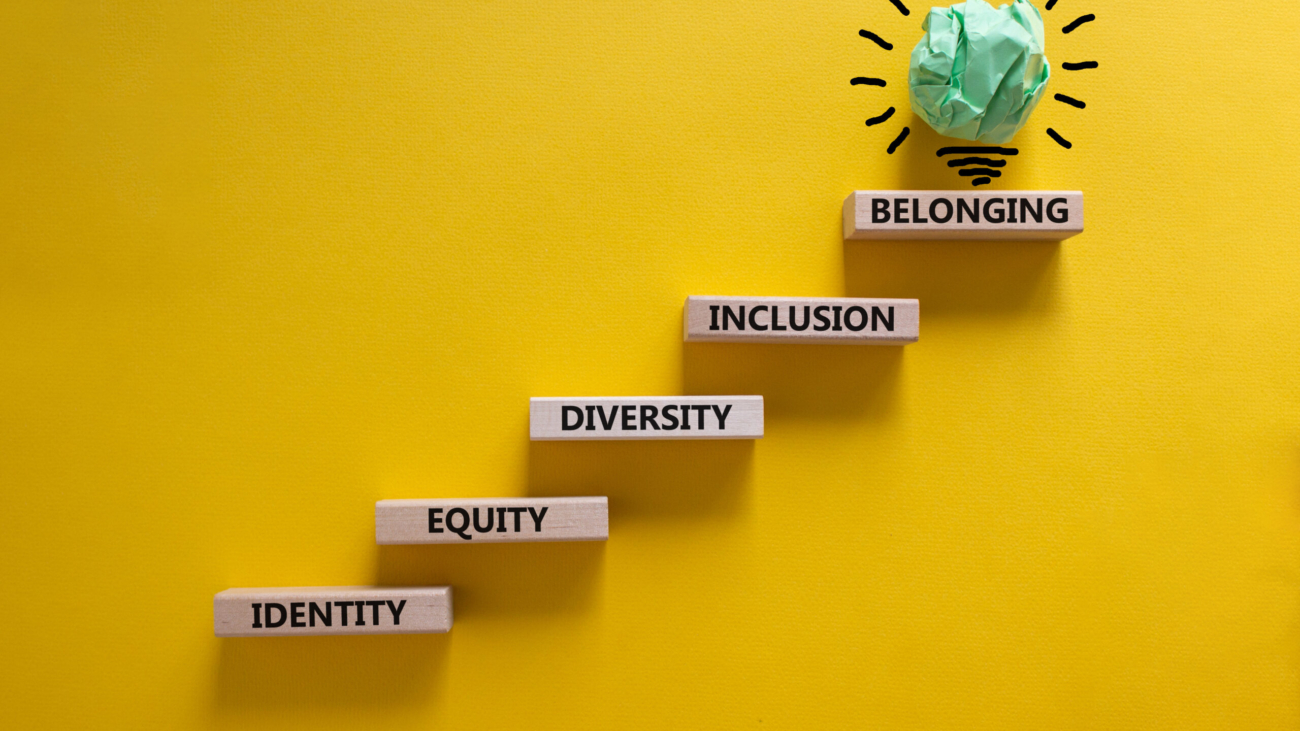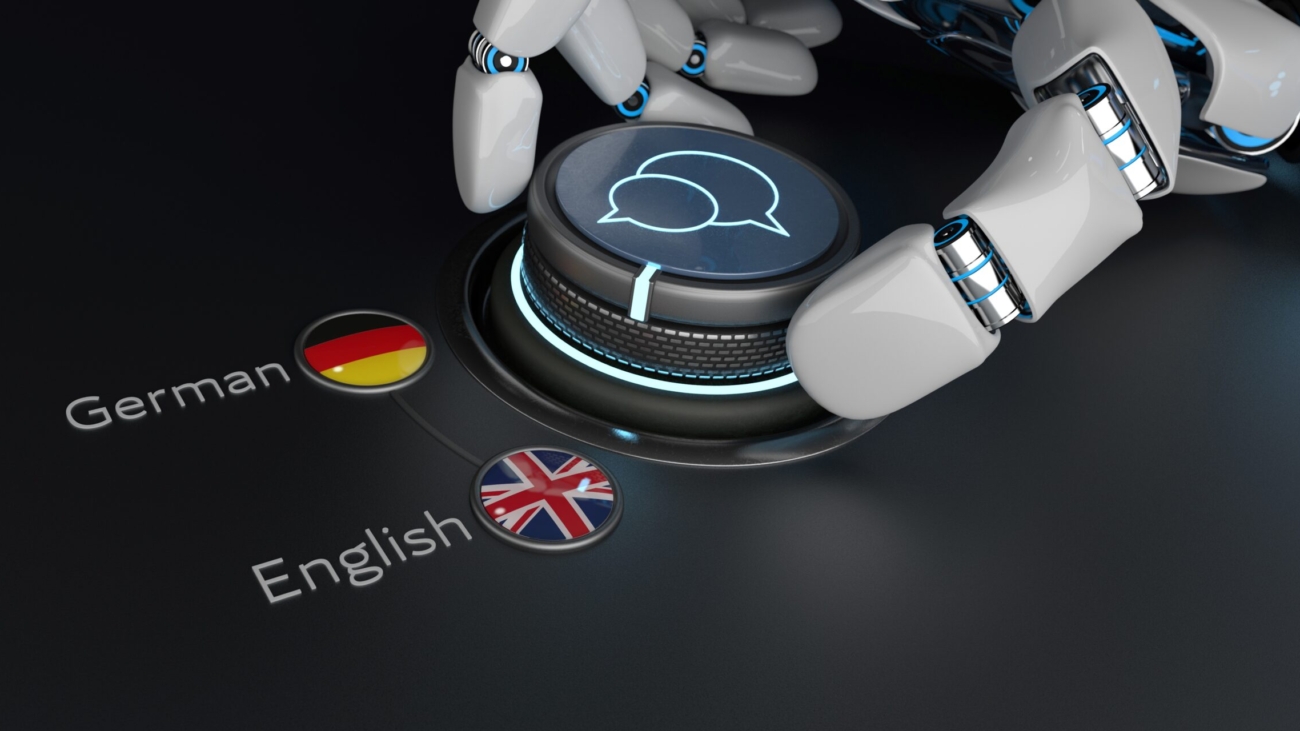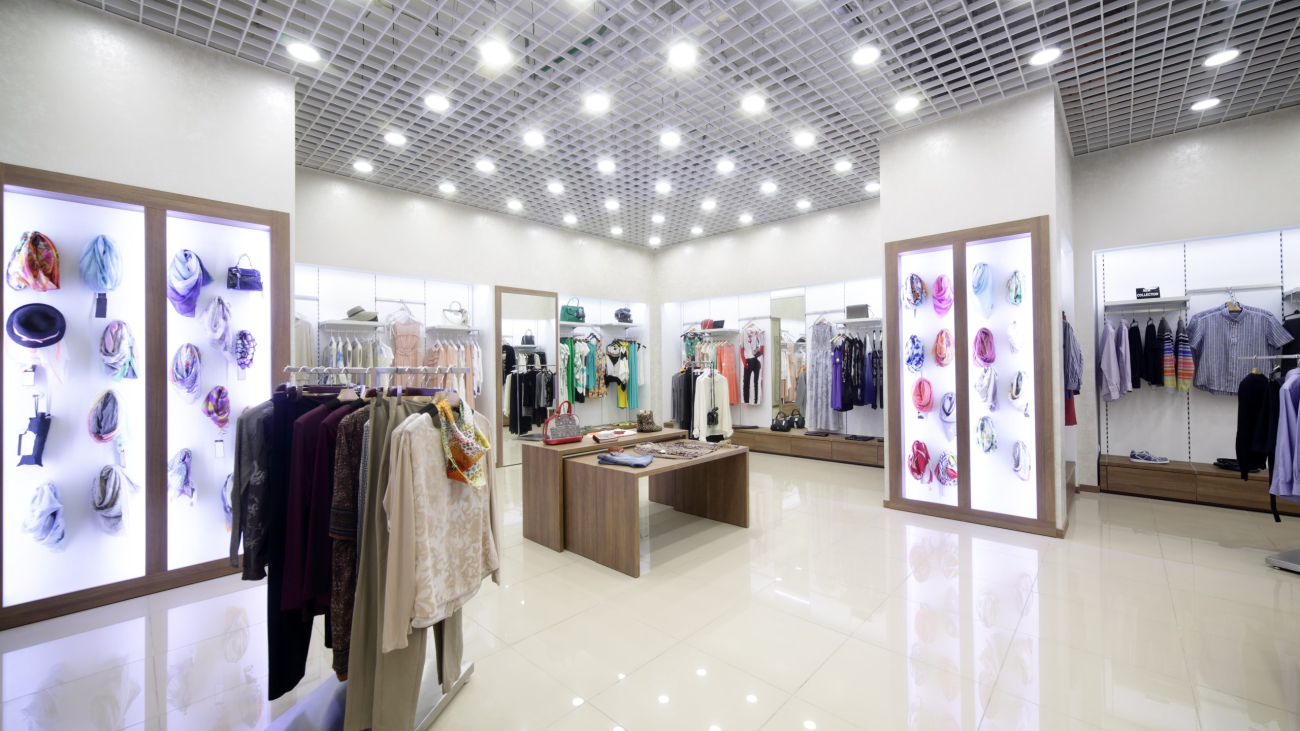Thanks to the stratospheric rise of the internet, the world has never been more connected – and the opportunities for globalisation have never been greater. Online presence is now a prerequisite for most businesses, and is indispensable for any brand that sets its sights beyond local borders.
But while the internet makes it possible to reach potential customers around the world, it also exposes businesses to a much bigger audience, making it critical to get your branding, messaging and user experience right for any market you are targeting.
The importance of localising your online presence
Research has backed up what most of us probably know instinctively – that potential customers are much more likely to buy from a website that’s available in their own language. And while online tools have made it possible for users to automatically translate websites into a language they speak, this isn’t enough if you want to gain customers and win conversions. Not only is the quality of automatic translation generally not high enough to convince potential customers of the quality of your brand, it’s also limited to the purely linguistic elements of a website. If you want to succeed in international markets, it’s critical to consider the broader elements of UX localisation and remove as many barriers as possible in the way of potential customers making purchases. This could include converting currencies, units of measurement, clothes sizes and times and dates for your target locale, as well as localising colours, music, images, symbols and a whole host of other culturally specific features on your website.
Branding and tone of voice
Another aspect of your online presence to consider is your branding strategy. If you’re selling your products or services internationally, it’s important to think about how you’ll create a feeling of consistency with the overall global brand while still making your product feel like it was created in and for the target culture.
Alternatively, some brands opt to retain elements of the culture in which they originated for their perceived value. An example of this is Audi’s highly successful slogan “Vorsprung durch Technik”, used in the UK and USA as well as Germany. Keeping this catchphrase in German means it’s imbued with positive connotations about German efficiency and high-quality engineering.
Another example of the use of a product’s exotic “foreignness” to sell in international markets is the recent advertising campaign for Peroni Nastro Azzurro’s new lager Stile Capri, which centres on the concept “The Taste That Takes You There”. The UK TV advert shows a couple wearing swimsuits and sunglasses and drinking Nastro Azzurro beer on sun loungers in what we first assume to be Italy’s Amalfi Coast, before it becomes clear that they are in fact sitting outside a British garden centre. Italian cultural signifiers, including the product name and the Italian soundtrack, are used to add a sense of glamour and prestige to the product, while the everyday Britishness of the setting encourages viewers to imagine the drink fitting into their daily lives. These examples are a great demonstration of how brands can get it right when it comes to international branding, both online and offline.
SEO
SEO localisation is another crucial part of any internalisation campaign. This involves using keywords to optimise the contents of a website in order to increase traffic via organic search results in a given language or region. When done correctly, SEO localisation can help businesses increase their visibility when potential customers use search engines to look for related terms, increase the amount of time that visitors spend looking at their website and reach customers in a specific region in a more targeted way.
SEO localisation best practices include carrying out careful keyword research to ensure that you capture the most commonly searched terms and best matches for your offering within the target region, ensuring that you translate your website content accordingly, including meta titles, tags and descriptions, and inserting key words in a strategic way.
Social media
When it comes to social media, it’s vitally important to know your target audience and to stay on top of current trends, hashtags and buzzwords while maintaining a consistent and authentic presence. Social media is all about authenticity, community and interactivity, and therefore requires a very different approach from website localisation, for example. In addition to creating content in the language of your target audience, a successful social media strategy will identify a detailed customer avatar for the target segment, carry out careful research into the types of content that this customer is likely to engage with, and then maintain consistent visuals and tone of voice, incorporating local issues, cultural references and trending hashtags in order to build connections with potential and existing customers.
ecls’ expertise
It’s clear that creating an internationally successful online presence is a complex undertaking with a huge number of considerations and nuances. Fortunately, help is at hand. At ecls translations, we have a team of cultural and linguistic experts with detailed knowledge of specific languages, cultures and regions as well as significant experience in localisation.
Examples of areas where we have recently helped businesses expand internationally via their online presence include localising search ads, creating target language social media posts, translating newsletters, email campaigns, blog posts and product descriptions, transcreation services, localisation of landing pages and much more.
As well as translation, localisation and transcreation, we offer a cultural consultancy service provided by native speakers of the relevant target language. As a result, we can help with both upper and lower funnel marketing and support your brand to create an authentic online presence that is consistent with your global brand image, allowing you to reach new potential customers and ultimately boost your international sales.
Let’s secure your success in global markets together.

